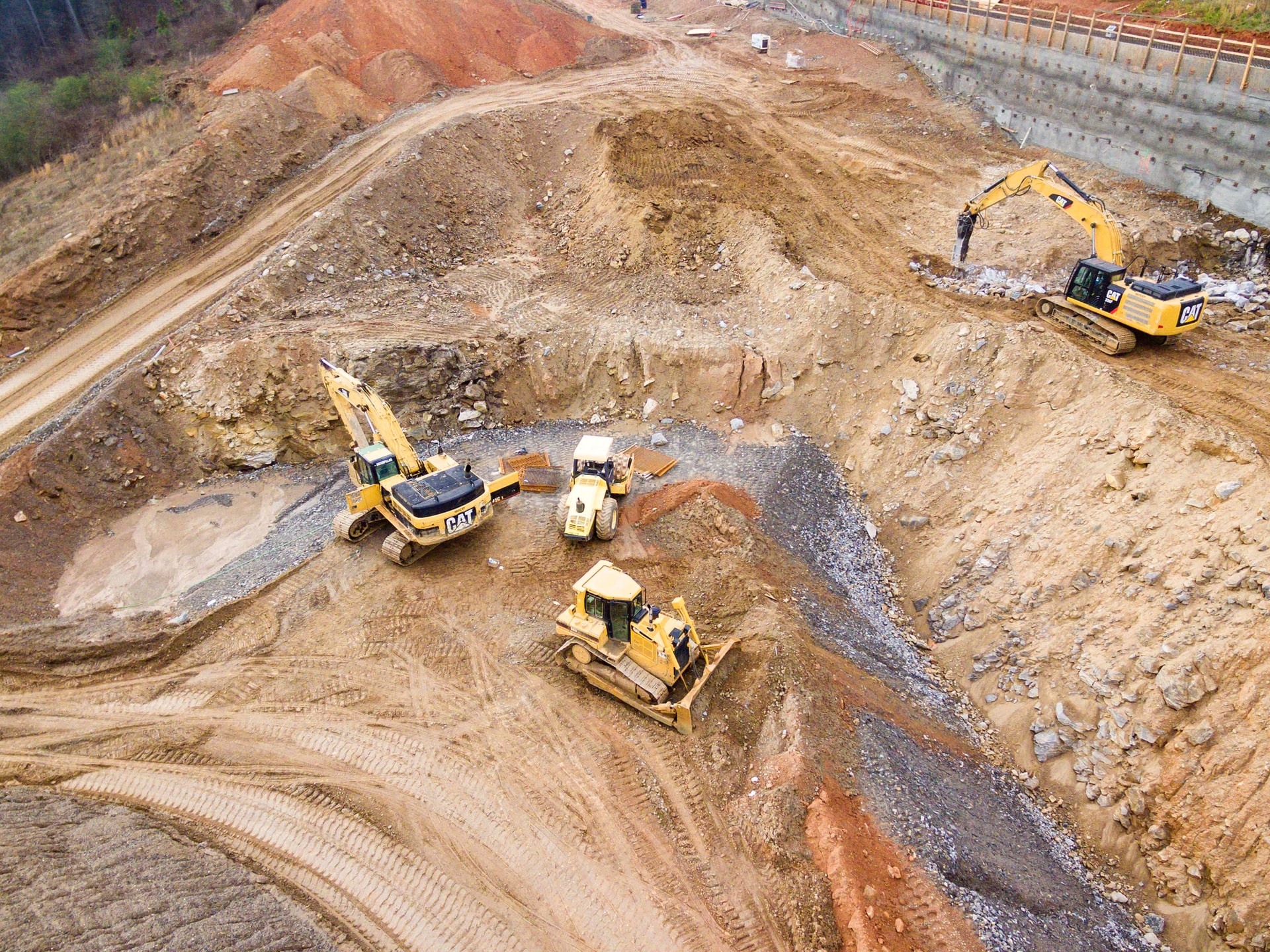Women are underrepresented in mining companies at all levels. Yet the industry has an opportunity to recruit, retain, and promote more female workers.
Women make up a small share of the mining industry compared to other sectors. Why does this matter? Diversity makes sense on many levels—including financial and operational aspects.
The Importance of Diverse Teams
One study found that diverse teams were more creative and resilient than homogenous ones. Mining companies need both creativity and resilience to meet the industry’s challenges today, from disruption by digital technology to sustainability. To get there, they need to access a broader field of talent.
Diversity also provides companies with access to a broader pool of potential customers, a base from which to find more business partners, and a community that can provide access to more perspectives. Diversity—of thought, background, and even gender—is a foundation for innovation.
And there is the issue of equity. Women are underrepresented in mining companies at all levels.
Inappropriate Work Environments
Another challenge women face in mining is work environments that are not geared toward them. Women are less likely to be in management positions than men and tend to work in lower positions.
Women who are managers are less likely to be fluent in English, which can be an issue for remote mining operations. Women are less likely to join industry associations and less likely to be paid as highly as their male colleagues.
Women are less likely to be given opportunities for career advancement, and if they are, they may not succeed as well as male peers. In some cases, women are not even being considered for positions because of unconscious bias.
Cooperation, Not Competition
An interesting difference from other industries is that mining companies have a duty to accommodate women who want to work in mining.
Because the industry is so male-dominated, hiring and promoting more women is an obligation. But the real challenge is not to set numerical targets but to understand what women want and need. Companies need to create a good working environment for both male and female workers, with the right environment in which individuals can thrive.
Conclusion
While the mining industry is seen as mature, we’re at the early stages of a revolution. The industry is being disrupted by new technologies and new ways of thinking about extracting and using resources. It’s an excellent opportunity for the industry to grow — but it also requires a shift in perspective and a broadening of the talent pool. Mining companies need to find ways to cultivate and retain a diverse workforce.
Janet Sheriff is a visionary leader with a strong commitment to strategic communications, community engagement, and sustainability. Janet is committed to sharing her extensive experience in all aspects of strategic planning, management, indigenous affairs, and communications to startups, new ventures, and the mining and exploration sectors. Janet empowers women in mining in different ways and rallies with them for better representation in the industry. If you want to get in touch with Janet, send us an ema

